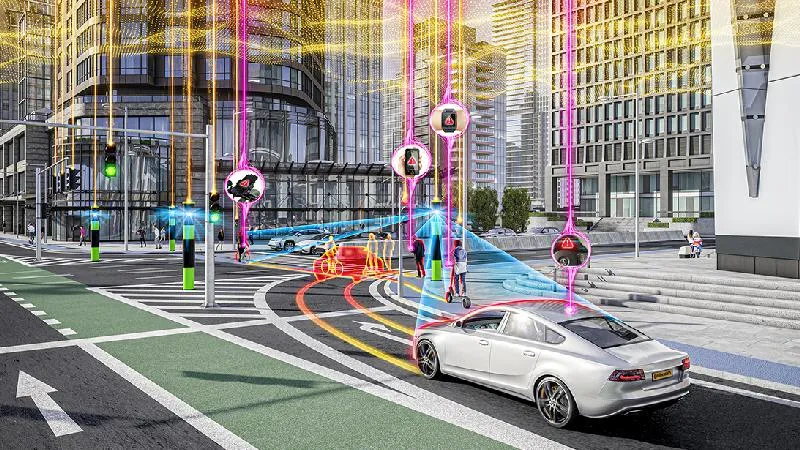The Toronto Transit Commission in Canada has activated a next vehicle arrival system (NVAS) for its bus network and made available its open data/XML feed for third-party developers. Using GPS software, NVAS allows transit customers to receive real-time route data as to when the next buses (up to six succeeding) will arrive at any specific bus stop. Next-vehicle information is available for more than 9,300 TTC bus stops inside Toronto and more than 800 TTC bus stops in the GTA served by contracted TTC vehicl
April 17, 2012
Read time: 2 mins
The 4968 Toronto Transit Commission in Canada has activated a next vehicle arrival system (NVAS) for its bus network and made available its open data/XML feed for third-party developers. Using GPS software, NVAS allows transit customers to receive real-time route data as to when the next buses (up to six succeeding) will arrive at any specific bus stop.
Next-vehicle information is available for more than 9,300 TTC bus stops inside Toronto and more than 800 TTC bus stops in the GTA served by contracted TTC vehicles. Predictions are not available for Wheel-Trans and Community Buses due to the door-to-door nature of service.
The information is available at no charge directly through the website of TTC’s partner, www.nextbus.com, or via a link on the TTC's Related Links page. There are also many third-party applications for smartphones, which provide unlimited access to the data for a nominal one-off fee.
Next-vehicle information is available for more than 9,300 TTC bus stops inside Toronto and more than 800 TTC bus stops in the GTA served by contracted TTC vehicles. Predictions are not available for Wheel-Trans and Community Buses due to the door-to-door nature of service.
The information is available at no charge directly through the website of TTC’s partner, www.nextbus.com, or via a link on the TTC's Related Links page. There are also many third-party applications for smartphones, which provide unlimited access to the data for a nominal one-off fee.








